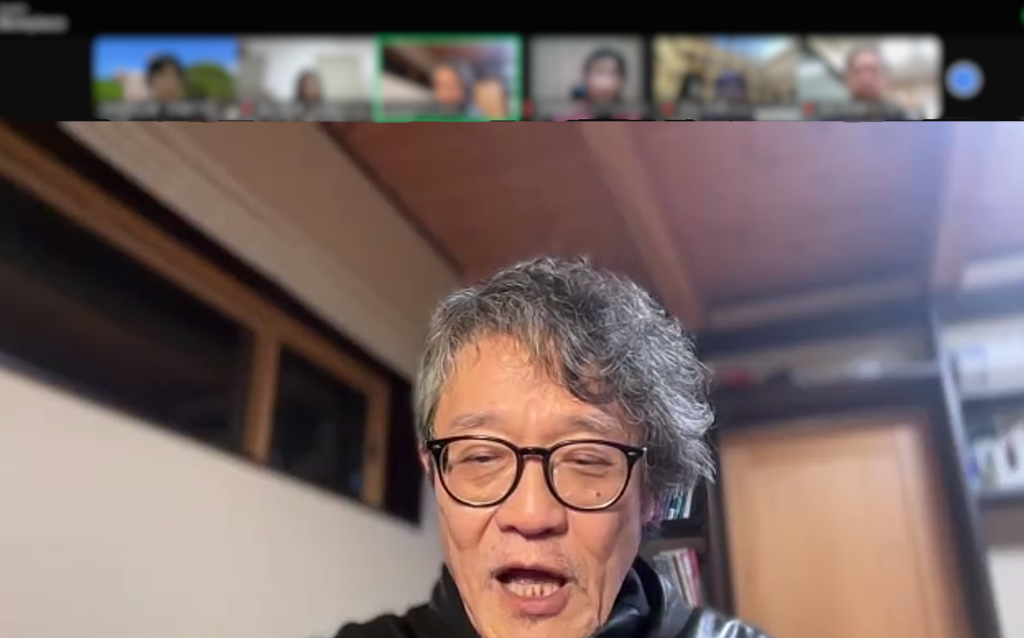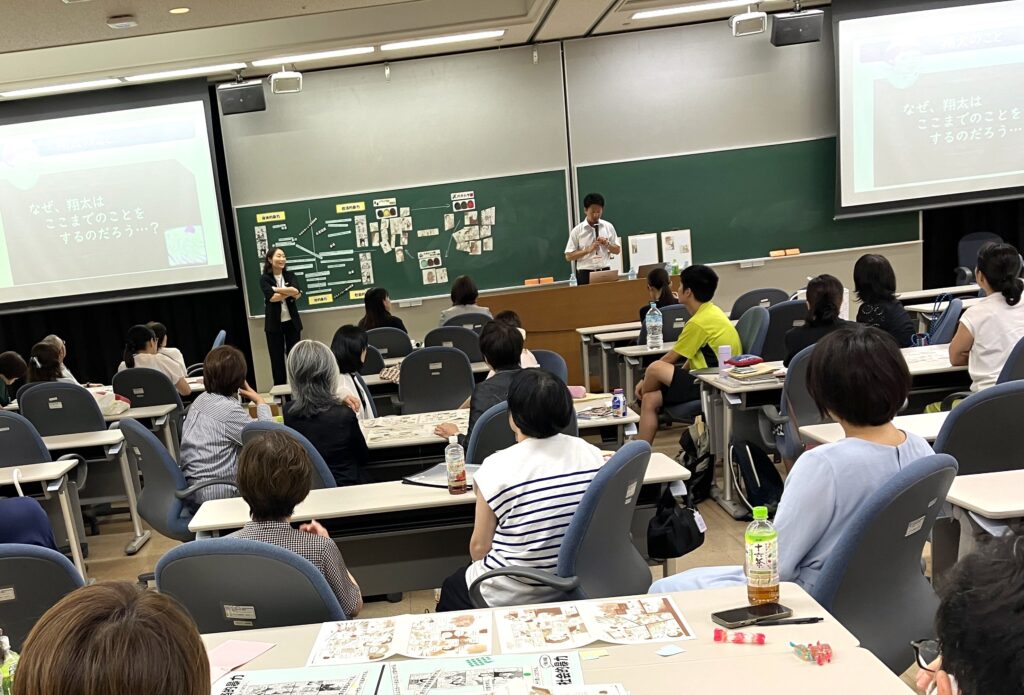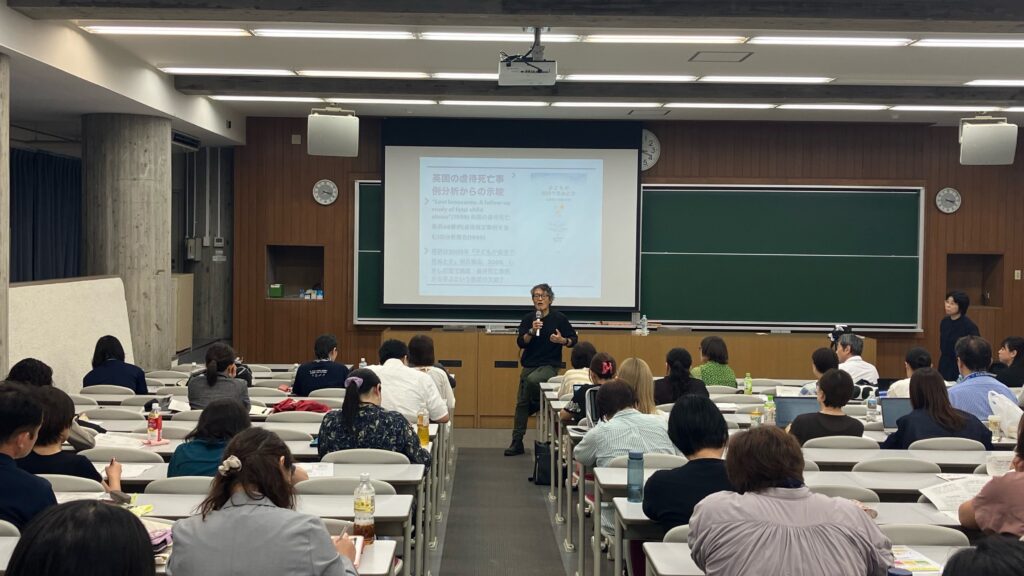On December 11, 2024, the third "Education for Living" training session of the "Research, Development and Dissemination of Educational Approaches to Overcome the Cycle of Poverty, Inequality and Abuse" project was held online. "Education for Living" is an educational program that has been developed and implemented at Osaka Municipal Ikuno Minami Elementary School (now Tajima Minami Elementary and Junior High School) to help children overcome difficulties in life. (*)
(*) For details on "Living Education"Project PagePlease see.
At this training session, Professor Satoshi Nishizawa (specially appointed professor at the Graduate School of Human Welfare, Yamanashi Prefectural University), who provided the theoretical foundation for "education for living," gave a talk entitled "The current state of research on child abuse and future issues (3) - Understanding and supporting the impact of abuse on children's selves." In this article, we will introduce the contents and state of the training session.
At the beginning, Professor Nishizawa said that he noticed the connection between abuse and self-development because he saw cases of children who had been abused, especially neglected, lacking a sense of self.
The main topic of the workshop was "Theories about the Self." First, there was an explanation about the integration of a baby's self-state. Babies' self-states change rapidly and discontinuously, as they fuss, laugh, sleep, etc., but their self-states are integrated by being accepted by their parents. There is a hypothesis that although babies do not understand that they are laughing when they are laughing, they become aware that they are laughing through the reaction (reflection) of their parents' laughter. In a neglectful environment, there is no self-recognition through reflection, and so babies do not laugh or cry.
It is said that discontinuous self-states gradually converge during infancy and childhood, becoming an "integrated self-state" during adolescence and adulthood. In the process of integration, children become aware of themselves by interacting with others (objects). The most important aspect of this is the "relationship with an attachment figure," with parents being particularly important attachment figures for children. Children who have experienced abuse or neglect do not have a self that is formed in relationship with an attachment figure, and may show a fragmented self depending on the person and situation.

Finally, Dr. Nishizawa spoke about "support for developing the self" as a future challenge. Dr. Nishizawa is trying to become an attachment figure (a presence that gives a sense of security) for children who have experienced abuse or neglect. By having a personal relationship with the child, empathizing with them, and telling them what they mean to you, the child will develop a sense of self through that relationship. Dr. Nishizawa said that he will be verifying the effectiveness of such attempts in the future.
98 people participated in this training session. SMBC Kyoto University Studio plans to hold "Living Education" training sessions on a regular basis in the future. If you are interested, please check the event information.

